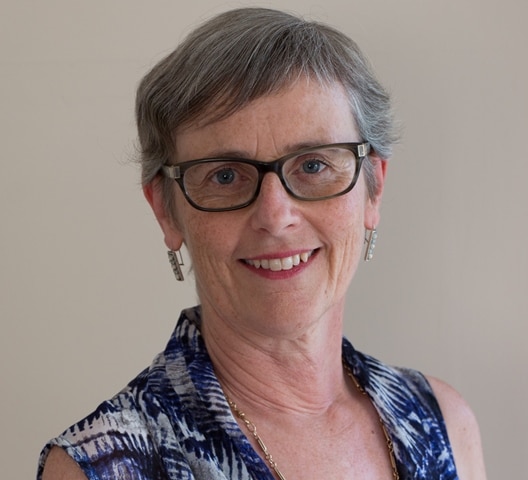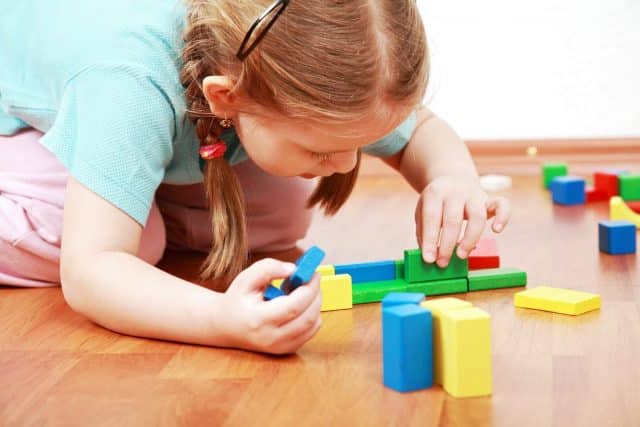
Jenny Gibbs
Jenny Gibbs, clinical psychologist and Altogether Autism consultant psychologist gives us an update on the effect COVID-19 has had on Autism Assessments for Children and Young People.
11 November 2021 – New Zealand has been in the fortunate position until recently where we have not had to seriously consider the impact of COVID-19 on our ability to provide diagnostic assessments for children and young people with autism. While we have had periods of lockdown which affected our ability to deliver services, and wait times have certainly increased as a result, clinicians looked forward to “business as usual” as each outbreak was contained and simply deferred assessments until Alert Levels dropped.
With the recent move from the elimination strategy to a suppression model in Auckland at least, it is clear that New Zealand is now living with the virus and that in addition to vaccination, the other tools to minimise transmission, including staying home where possible when the virus is widespread, social distancing and mask wearing when in enclosed spaces, are with us for the foreseeable future.
This change is strategy is going to require a different approach to the assessment of autism.

The presence of COVID-19 in our community means that face to face contact needs to be minimised where possible. It also means mask wearing for clinicians and people over 12 years old is mandatory in DHB settings, at least where the majority of assessments for autism occur. As the assessment of autism involves understanding how the young person uses and responds to social communication, including facial expression, mask wearing is a major barrier to this. Not only is it difficult, the developers of the ADOS-2 have explicitly said that the instrument is not valid if administered using masks or shields.
Fortunately, in New Zealand we can learn from others around the globe who are well ahead of us in this process.
Adaptations to assessment processes you are likely to see in the future include:
- The increased use of phone-calls and videoconferencing instead of face-to-face appointments for clinical interviews.
- The increased use of video of children engaging in play and conversation with their family members, which are sent to the assessment team to review.
- Adapted versions of standardised assessments. For example, the Brief Observation of Symptoms of Autism (BOSA), a 15-minute observation of caregiver-child interactions which can be used by clinicians who are trained in administration of the ADOS-2, is currently being validated. Caregivers are given specific toys and instructions about how to play and talk with their children, while the clinicians observe through a one-way mirror.
Although these new approaches may take some getting used to for clinicians and families, there are some advantages. Not only can we continue to provide assessments through COVID-19 restrictions, but it also means that people who may have found it difficult to travel from remote rural areas for their assessments are now able to access them via digital methods. For families who do not have access to the technology in their homes, their schools may have the equipment and space to assist.
References
Lord, C., Dow, D., Holbrook, A., Kim, S H., Toolan, C., & Bryne, K. (2020). Brief observation of symptoms of autism (BOSA) training [Video]. Center for Autism Research & Training, https://www.semel.ucla. edu/autism/bosa-training
Lord, C., Rutter, M., DiLavore, P. C., Risi, S. (1999). Autism diagnostic observation schedule, second edition (ADOS-2) manual (Part II): Toddler module. Torrance, CA: Western Psychological Services
Ministry of Health. (2021). Personal protective equipment uses in health and disability care settings. Personal protective equipment uses in health and disability care settings | Ministry of Health NZ
Lord C, Holbrook A, Dow D, et al. Brief Observation of Symptoms
of Autism (BOSA). Version: 7-28-2020. https://www.semel.ucla
edu/autism/bosa-training
Lord C, Holbrook A, Dow D, et al. Brief Observation of Symptoms
of Autism (BOSA). Version: 7-28-2020. https://www.semel.ucla
edu/autism/bosa-training
Lord C, Holbrook A, Dow D, et al. Brief Observation of Symptoms
of Autism (BOSA). Version: 7-28-2020. https://www.semel.ucla
edu/autism/bosa-training
Rynkiewicz, A., Vasa, R., Łucka, I., & Mazur, A. (2020). Use of the Brief Observation of Symptoms of Autism (BOSA) as a new clinical approach to assessing patients with suspected spectrum disorder during the COVID-19 pandemic. Pediatria Polska, 95(4). 241-243. https://doi.org/10.5114/polp.2020.103494.
Author
Jenny Gibbs


